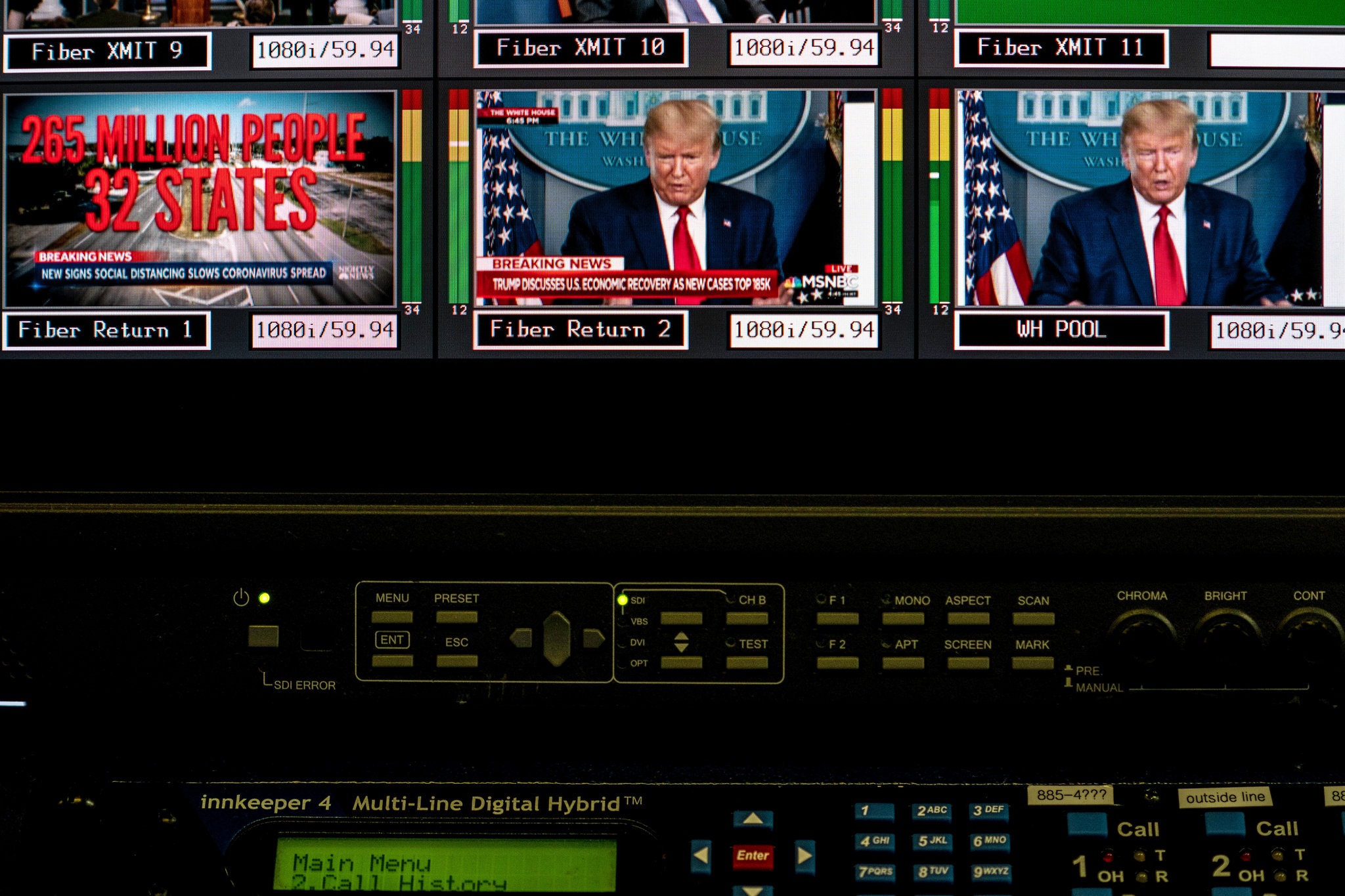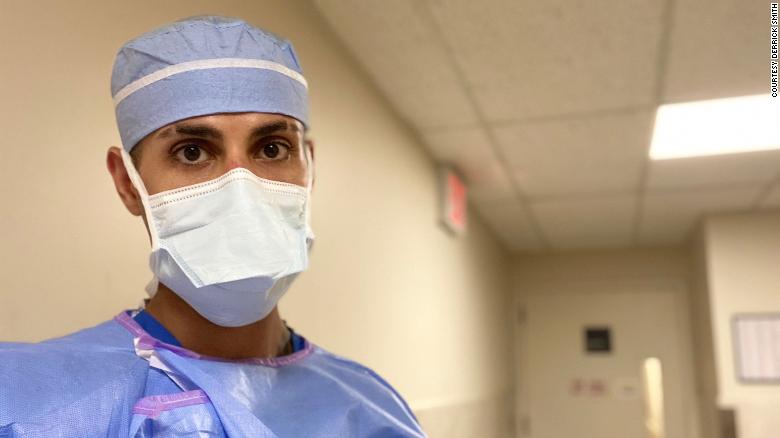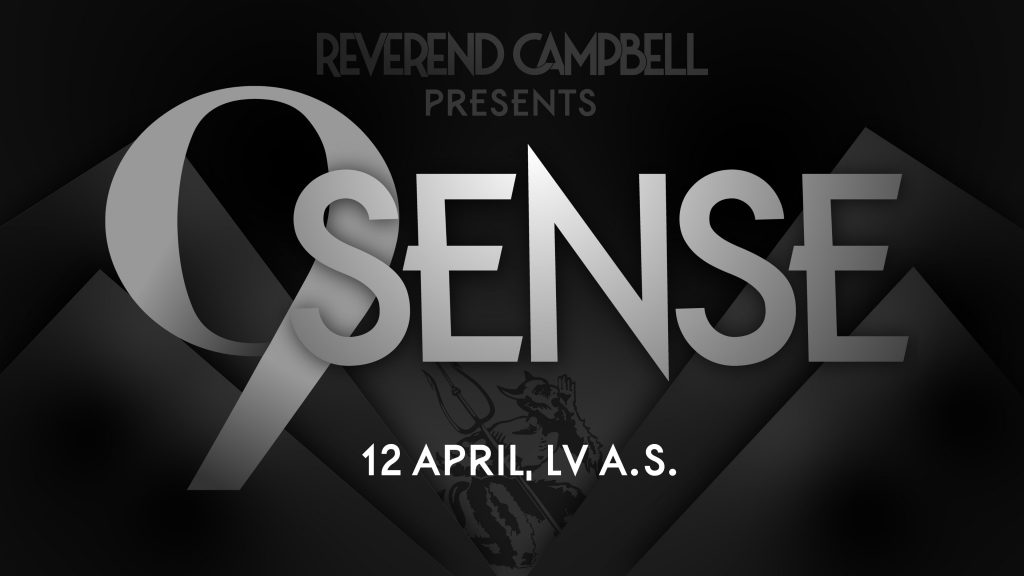
1. The Devil’s Advocate
Time Stamp: 5:12
- ‘Will’ through Lesser Magic
- Definition https://www.merriam-webster.com/dictionary/will
- used to express futurity
- All mass has gravity
- Can we turn off or escape gravity?
- Is will our mental sister to our physical gravity?
- Can we turn off or escape will?
- Is it inevitable to affect those around us even if we don’t want to?
- What part of us is the effect others have had on us?
- Where do we end and the will of others begin as an individual?
- Definition https://www.merriam-webster.com/dictionary/will
2. Infernal Informant
Time Stamp: 26:28

- He Could Have Seen What Was Coming: Behind Trump’s Failure on the Virus
https://www.nytimes.com/2020/04/11/us/politics/coronavirus-trump-response.html- “Any way you cut it, this is going to be bad,” a senior medical adviser at the Department of Veterans Affairs, Dr. Carter Mecher, wrote on the night of Jan. 28, in an email to a group of public health experts scattered around the government and universities. “The projected size of the outbreak already seems hard to believe.”
- Throughout January, as Mr. Trump repeatedly played down the seriousness of the virus and focused on other issues, an array of figures inside his government — from top White House advisers to experts deep in the cabinet departments and intelligence agencies — identified the threat, sounded alarms and made clear the need for aggressive action.
- Unfolding as it did in the wake of his impeachment by the House and in the midst of his Senate trial, Mr. Trump’s response was colored by his suspicion of and disdain for what he viewed as the “Deep State”
- The virus at first took a back seat to a desire not to upset Beijing during trade talks, but later the impulse to score points against Beijing left the world’s two leading powers further divided
- previously unreported details
- The National Security Council office responsible for tracking pandemics received intelligence reports in early January predicting the spread of the virus to the United States, and within weeks was raising options like keeping Americans home from work and shutting down cities the size of Chicago. Mr. Trump would avoid such steps until March.
- Despite Mr. Trump’s denial weeks later, he was told at the time about a Jan. 29 memo produced by his trade adviser, Peter Navarro, laying out in striking detail the potential risks of a coronavirus pandemic: as many as half a million deaths and trillions of dollars in economic losses.
- The health and human services secretary, Alex M. Azar II, directly warned Mr. Trump of the possibility of a pandemic during a call on Jan. 30, the second warning he delivered to the president about the virus in two weeks. The president, who was on Air Force One while traveling for appearances in the Midwest, responded that Mr. Azar was being alarmist.
- Mr. Azar publicly announced in February that the government was establishing a “surveillance” system in five American cities to measure the spread of the virus and enable experts to project the next hot spots. It was delayed for weeks. The slow start of that plan, on top of the well-documented failures to develop the nation’s testing capacity, left administration officials with almost no insight into how rapidly the virus was spreading. “We were flying the plane with no instruments,” one official said.
- By the third week in February, the administration’s top public health experts concluded they should recommend to Mr. Trump a new approach that would include warning the American people of the risks and urging steps like social distancing and staying home from work. But the White House focused instead on messaging and crucial additional weeks went by before their views were reluctantly accepted by the president — time when the virus spread largely unimpeded.
- When Mr. Trump finally agreed in mid-March to recommend social distancing across the country, effectively bringing much of the economy to a halt, he seemed shellshocked and deflated to some of his closest associates.
- conducting his daily White House briefings, at which he often seeks to rewrite the history of the past several months. He declared at one point that he “felt it was a pandemic long before it was called a pandemic,” and insisted at another that he had to be a “cheerleader for the country,”
- By the last week of February, it was clear to the administration’s public health team that schools and businesses in hot spots would have to close. But in the turbulence of the Trump White House, it took three more weeks to persuade the president that failure to act quickly to control the spread of the virus would have dire consequences.
- the president was not worried, predicting that by April, “when it gets a little warmer, it miraculously goes away.”
- the task force had gathered for a tabletop exercise — a real-time version of a full-scale war gaming of a flu pandemic the administration had run the previous year. That earlier exercise, also conducted by Mr. Kadlec and called “Crimson Contagion,” predicted 110 million infections, 7.7 million hospitalizations and 586,000 deaths following a hypothetical outbreak that started in China.
- The exercise was sobering. The group — including Dr. Anthony S. Fauci of the National Institutes of Health; Dr. Robert R. Redfield of the Centers for Disease Control and Prevention, and Mr. Azar, who at that stage was leading the White House Task Force — concluded they would soon need to move toward aggressive social distancing, even at the risk of severe disruption to the nation’s economy and the daily lives of millions of Americans.
- apparently healthy people could be unknowingly spreading the virus — and supported the need to move quickly to mitigation. “Is this true?!” Dr. Kadlec wrote back to the researcher. “If so we have a huge whole on our screening and quarantine effort,” including a typo where he meant hole. Her response was blunt: “People are carrying the virus everywhere.”
- final days of February, perhaps more than any other moment during his tenure in the White House, illustrated Mr. Trump’s inability or unwillingness to absorb warnings coming at him. He instead reverted to his traditional political playbook in the midst of a public health calamity, squandering vital time as the coronavirus spread silently across the country.
- The push to convince Mr. Trump of the need for more assertive action stalled. With Mr. Pence and his staff in charge, the focus was clear: no more alarmist messages. It would be more than three weeks before Mr. Trump would announce serious social distancing efforts, the number of confirmed coronavirus cases in the United States grew from 15 to 4,226.
- Since then, nearly half a million Americans have tested positive for the virus and authorities say hundreds of thousands more are likely infected.
- The efforts to shape Mr. Trump’s view of the virus began early in January, when his focus was elsewhere: the fallout from his decision to kill Maj. Gen. Qassim Suleimani, Iran’s security mastermind; his push for an initial trade deal with China; and his Senate impeachment trial, which was about to begin.
- In jan on a call with a reporter: “We have it totally under control,” he told an interviewer a few days later while attending the World Economic Forum in Switzerland. “It’s going to be just fine.”

- A nurse revealed the tragic last words of his coronavirus patient: ‘Who’s going to pay for it?’
https://www.cnn.com/2020/04/11/health/nurse-last-words-coronavirus-patient-trnd/index.html- Certified registered nurse anesthetist Derrick Smith is no stranger to the horrors of losing patients. But now, the coronavirus pandemic has pushed him into a completely different, “much more terrifying” reality.
- Smith, who is predominantly treating Covid-19 patients at a hospital in New York City, revealed the tragic last words of a dying man he was about to place on a ventilator: “Who’s going to pay for it?” the coronavirus patient asked Smith in between labored breaths.
- “(This patient) was in severe respiratory distress, had difficulty speaking, and yet still his main concern was who could pay for a procedure that would his extend his life but statistically he doesn’t have a good likelihood of survival.”
- Most Covid-19 patients will die after being placed on ventilators, with the mortality rate reaching up to 80% in intubated coronavirus patients, Smith said. While he does not know whether his patient survived, he said it was “pretty unlikely.”
- “I was very sad and honestly, a little horrified. This demonstrates that we have a profound failure when one has to worry about their finances when they’re dealing with much bigger issues that have to do with life or death.”
- “The pandemic has highlighted a lot of structural inadequacies in our country, not only the response to the pandemic itself, but our approach to health care coverage,” Smith said.
- The United States is the only developed nation without universal health care. Nearly 28 million non-elderly Americans, or 10.4%, were uninsured in 2018, according to the most recent Census Bureau data available.
- “Addressing coronavirus with tens of millions of people without health insurance or with inadequate insurance will be a uniquely American challenge among developed countries,” tweeted Larry Levitt, executive vice president for health policy at Kaiser. “It will take money to treat people and address uncompensated care absorbed by providers.”
- Concerned that high costs may dissuade people from getting checked out if they feel ill, many insurers and several states are waiving co-pays for the coronavirus test for certain policyholders. But patients will still have to pay for the visit, other testing and any treatment for the coronavirus or other illness they may turn out to have.
- Altogether, about 16.8 million American workers, making up about 11% of the US labor force, have filed initial claims for unemployment benefits in just the prior three weeks.
- “This can only get worse if we don’t improve equitable access to health care,” Smith said.
- “As a result of the many job losses related to the pandemic, the uninsured population will only increase, and it will still remain a challenge for those who do retain private health insurance. The last analysis I saw projected up to a 40% increase in insurance premiums by next year so that’s going to be an even bigger burden we need to talk about.”
3. Creature Feature
Time Stamp: 50:51

- Moonlight Sonata by Ludwig van Beethoven
https://www.britannica.com/topic/Moonlight-Sonata- completed in 1801
- byname of Piano Sonata No. 14 in C-sharp Minor, Op. 27, No. 2: Sonata quasi una fantasia
- The nickname Moonlight Sonata traces to the 1830s, when German Romantic poet Ludwig Rellstab published a review in which he likened the first movement of the piece to a boat floating in the moonlight on Switzerland’s Lake Lucerne.
- Pale Blue Dot
https://en.wikipedia.org/wiki/Pale_Blue_Dot- photograph of planet Earth taken on February 14, 1990, by the Voyager 1 space probe from a record distance of about 6 billion kilometers
- part of that day’s Family Portrait series of images of the Solar System.
- the planet appears as a tiny dot against the vastness of space, among bands of sunlight reflected by the camera
- Voyager 1, which had completed its primary mission and was leaving the Solar System, was commanded by NASA to turn its camera around and take one last photograph of Earth across a great expanse of space, at the request of astronomer and author Carl Sagan

